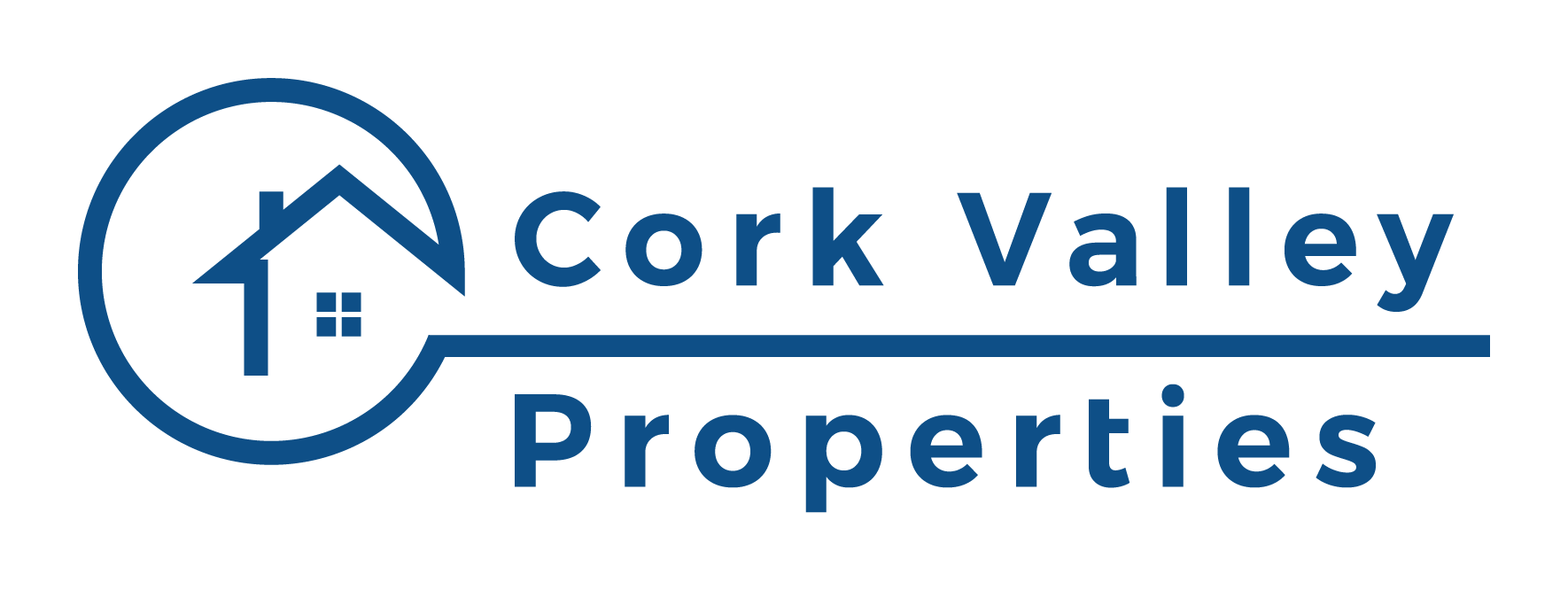If you’re selling a house that has water damage, it’s absolutely possible — but there are some key issues, risks, and strategies you’ll want to understand ahead of time. Below is a breakdown of what you need to know: what water damage means for a sale, how it affects value, what your disclosure and repair obligations are, and what options you have.
✅ What “water damage” means
Water damage can come from many sources: roof leaks, burst or leaking pipes, foundation seepage, flooding from outside (rain, storm surge), or poor drainage. Over time, water damage can lead to:
- Structural or cosmetic issues (warped flooring, stained walls, peeling paint)
- Mold or mildew growth, which introduces health risks and further damage.
- Ongoing maintenance issues or risk of recurrence, which buyers will discount for.
📉 How water damage can affect your home’s value & sale
- Homes with water damage often sell for less than comparable homes without damage. For example, one source says water‐damage reduction can be ~7.3 % of the home’s value, with more severe cases much more.
- Repair costs are non‐trivial. Minor issues might cost a few thousand dollars; major damage (mold remediation, structural repairs, flood damage) can cost $4,000+ or even tens of thousands.
- Buyers will see water damage (or signs of it) as a risk: “What happened? Has it been fully fixed? Will it happen again?” That means more negotiation, more scrutiny, and possibly fewer offers.
🛠 What you should do before listing (or when trying to sell)
Here are key steps and best practices:
- Identify and fix the source – First you want to know why the water damage happened (leak, poor drainage, flood zone?) and stop it. Then remediate any obvious damage.
- Repair or remediate – Depending on severity, you might:
- Replace damaged drywall, flooring, carpet.
- Remove/conduct mold remediation if present.
- Make improvements to prevent future damage (better drainage, sump pump, waterproofing) if applicable.
- Document everything – Keep receipts, contractor reports, remediation certificates, insurance claim information. Potential buyers will want to see this.
- Work with a knowledgeable real‐estate agent – One familiar with homes with water damage/flood risk is valuable. They’ll help market the property appropriately and set realistic expectations.
- Price realistically – Depending on damage and risk, you may need to reduce your asking price or accept fewer offers. Listing “as is” is an option.
📄 Disclosure & legal considerations
- In most states you must disclose known defects such as water damage or flooding history. Failing to disclose can open you up to lawsuits or rescinded deals.
- Even if you list the home “as is,” that does not automatically remove your obligation to disclose known damage.
- The laws vary substantially by state (what exactly you must disclose, how much liability you have). It’s wise to check your state’s disclosure requirements or consult an attorney.
🤔 Your options for selling
Depending on how much damage there is, your time frame, your budget for repairs, and your comfort level, you basically have these paths:
- Repair and list at “normal” market rate – If you can afford to fix most issues and the damage isn’t massive, this gives you the best chance to maximize sale price.
- Make some targeted repairs then sell – Fix the most serious issues (source, mold, structural) but maybe leave cosmetic or very expensive things for the buyer. Then list with disclosure and expect somewhat reduced price.
- Sell “as is” (to an investor or cash buyer) – If repairs are too expensive or you want to move quickly, you can sell in its current condition, but expect a lower offer. Many investors specialize in homes with significant damage.
🧐 What to watch out for / things buyers will ask
- Evidence of previous water intrusion or flooding (stains, warped materials, musty smell)
- Documentation of what caused the damage and how it was remediated
- Mold test results or remediation certificates if applicable
- Whether the house is in a known flood zone or has a history of repeated water issues
- What flood or water damage insurance history looks like (claims filed, premium increases)
🔍 A few special circumstances
- If the damage is due to flooding from natural disasters, your flood insurance and elevation status may become important negotiation points.
- If the damage has created or allowed mold growth, that becomes both a health risk and a negotiating issue.
- If the house is in a “flood‐plain” or high‐risk area, you may have to deal with elevated insurance premiums or disclosure of past claims/aid.
